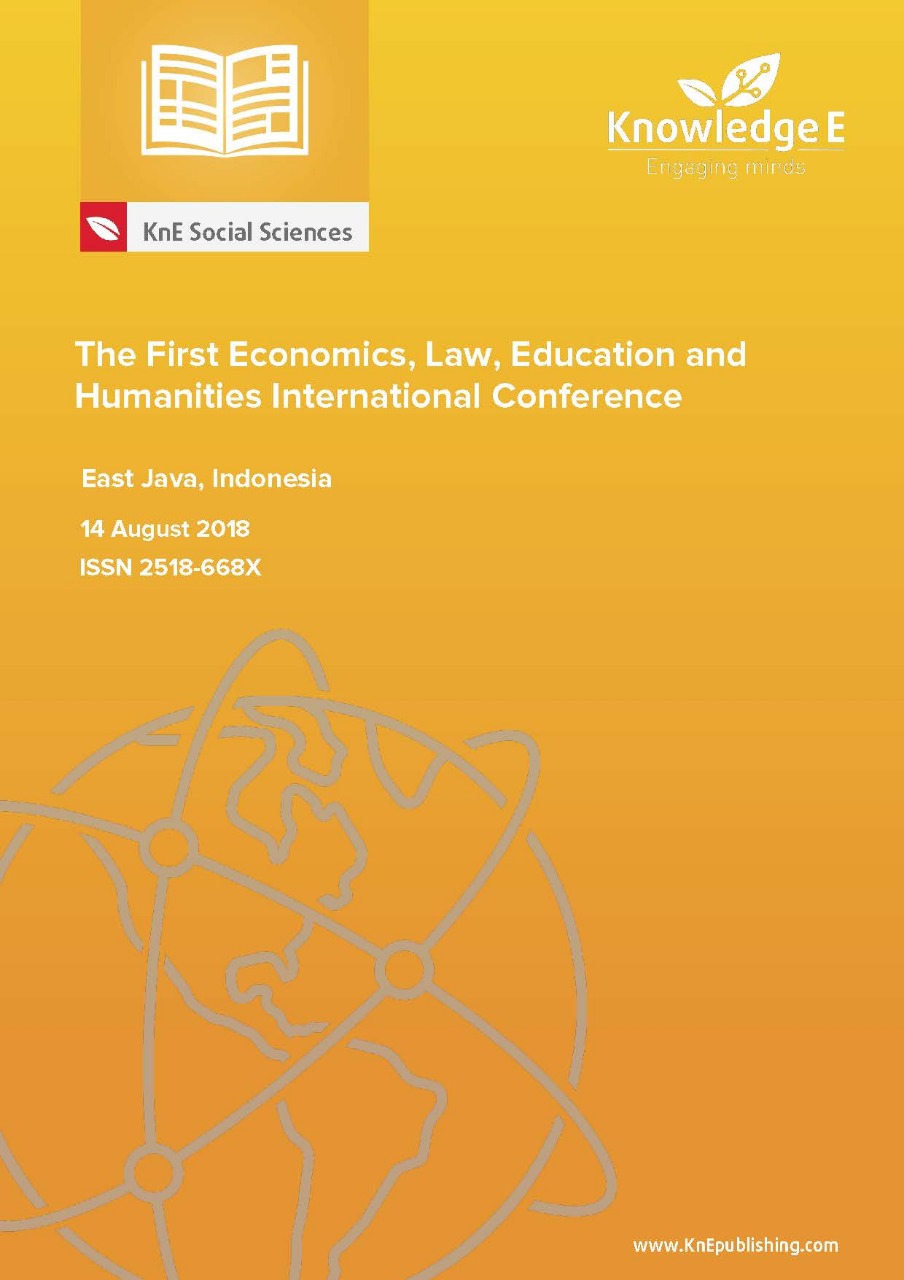Emission Study and Pollution Haven Hypothesis in Economic Development of Developed Country
DOI:
https://doi.org/10.18502/kss.v3i14.4313Abstract
This study aims to study at the emission level of CO2 in the group numbers of developed countries and attempt to look at the pollution haven hypothesis, whether it is happen in the group of developed countries. By using panel data analysis in this study, it finds that the significant variable inflluenced CO2 in developed countries are GDP, FDI and Population. In this research, FDI has a negative effect in emission level of CO2 and GDP and Population have the positive one. From this study, it founds that in the developed countries that has been studied has proven that there is no pollution haven hypothesis. This is supported by the finding of a negative relationship between FDI and CO2 emissions, and this relationship is at a significant level. Econometrically, this research model is considered good with the R-squared value level is 0,998.
Keywords: CO2 emission, FDI, GDP, Population
References
Copeland, B. R. A. Taylor, M.S. (2004). ”Trade, Growth And The Environment.”Journal Of Economic Literature 42 No.1, P.771
Rukmana, Didi. (2012). Ekonomi Lingkungan Dan Sumber Daya Manusia. Arus Timur.Makassar.
Grossman, G. M., & Krueger, A. B. (1991). Environmental impacts of a NorthAmerican Free Trade Agreement. Working Paper 3914. Cambridge MA: National Bureau of Economic Research, NBER.
Arsyad, Lincolin. (2010). Ekonomi Pembangunan Edisi Ke-5. Upp Stim Ykpn. Yogyakarta
Rratnaningsih, m., apriliani, a. T., sudharto,d., &suparmoko. (2006). Pdrb hijau (produk domestik regional bruto hijau). Yogyakarta: bpfe_yogyakarta.
IEA statistic, 2016, http://www.iea.org/t&c
HTTP.www.WRI
Brock, W. A., & Taylor, M. S. (2005). The Green Solow Model. Journal Economic Growth, 15(2010), 127 – 153.
Kirkulak, Berna, Bin Qiu & Wei Yin. (2011). The Impact of FDI on air quality: evidence from China. Journal of Chinese economic and foreign trade studies. Vol. 4 No.2
Tasri, susanti evi, kaimi, handra, 2016, Application model of green economic growth and economic gap, Int. J. Green Economics, Vol. 10, No. 1, 2016
Munasinghe, M. (2002). The Sustainomic Trans-Disclipnary Meta-Framework For Making Development..More Sustainable:Applications To Energy Issues. International Of Sustainable Development Vol. 4 No. 2: Pp 6-54.
Alguacil, Ma Taresa & Coadros, Ana & Orts., Vicente (2002). Foreign Direct Invesment, Exports And Domestic Performance In Mexico: A Causality Analysis. Economic Letters, ElsevierVol. 77 (3), Pages 371-376,November
Eskeland, G. S., & Harrison, A. E. (1997).Moving to greener pastures? Multinationals and the pollution haven hypothesis (Working Paper 1744). Washington DC: World Bank.
Dean, M.J, Lovely, E. M. and Wang, H. (2008). ”Are Foreign Investors Attracted ToWeak Enviromental Regulations? Evaluating The Evidance From China.” Journal Of Development Economics Vol. 90 No. 1 Pp 1-13.
Pan, S.B. and Yu, M.Z. (2005),Causality test on the FDI and environment pollution in Jiangsu, Zhejiang and Shanghai, Journal of International Trade, No. 12, pp. 74-9 (Chinese)

